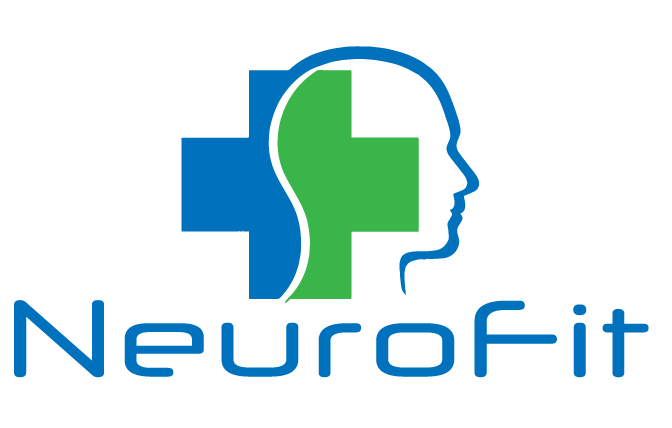Infraslow neurofeedback is a type of neurofeedback therapy that operates at extremely low frequencies, below 0.1 Hz. It involves providing real-time feedback to the brain’s electrical activity in the infraslow frequency range.
During a session, sensors are placed on the scalp to measure the brain’s electrical activity. This information is then processed and fed back to the individual in the form of visual or auditory cues. The individual is trained to modify their brain activity in response to the feedback, with the goal of promoting self-regulation and improving brain function.
The specific mechanisms by which infraslow neurofeedback works are still being studied and understood. However, it is believed to influence various physiological processes in the brain, such as connectivity between different brain regions and the balance of different brainwave frequencies. This may help to promote relaxation, improve attention, and enhance overall brain functioning.
It is important to note that infraslow neurofeedback should be administered by trained professionals and tailored to the individual’s specific needs and goals.
Infraslow neurofeedback has shown potential benefits in various areas. Here are some of the potential benefits of infraslow neurofeedback:
1. Enhanced brain function: Infraslow neurofeedback may help improve cognitive function, attention, focus, and memory. By training the brain to self-regulate its activity, individuals may experience improved mental clarity and performance.
2. Stress reduction: Infraslow neurofeedback has been reported to help reduce stress and promote relaxation. It may help individuals learn to regulate their physiological responses to stress and develop a greater sense of calmness.
3. Better sleep: Infraslow neurofeedback has been used to address sleep-related issues such as insomnia. By training the brain to achieve a more balanced state, it may help improve sleep quality and promote a more restful sleep.
4. Emotional regulation: Infraslow neurofeedback may assist in emotional regulation by promoting a greater sense of calmness and stability. It has been used to address conditions such as anxiety, depression, and mood disorders.
5. Improved self-awareness: Through the real-time feedback provided during infraslow neurofeedback sessions, individuals can develop a greater awareness of their brain activity and learn to recognize patterns and triggers. This increased self-awareness can facilitate personal growth and self-improvement.
It’s important to note that individual experiences with infraslow neurofeedback may vary, and the specific benefits depend on the person’s unique needs and goals. Consulting with a trained professional is recommended to determine if infraslow neurofeedback is suitable for an individual and to develop a personalized treatment plan.
